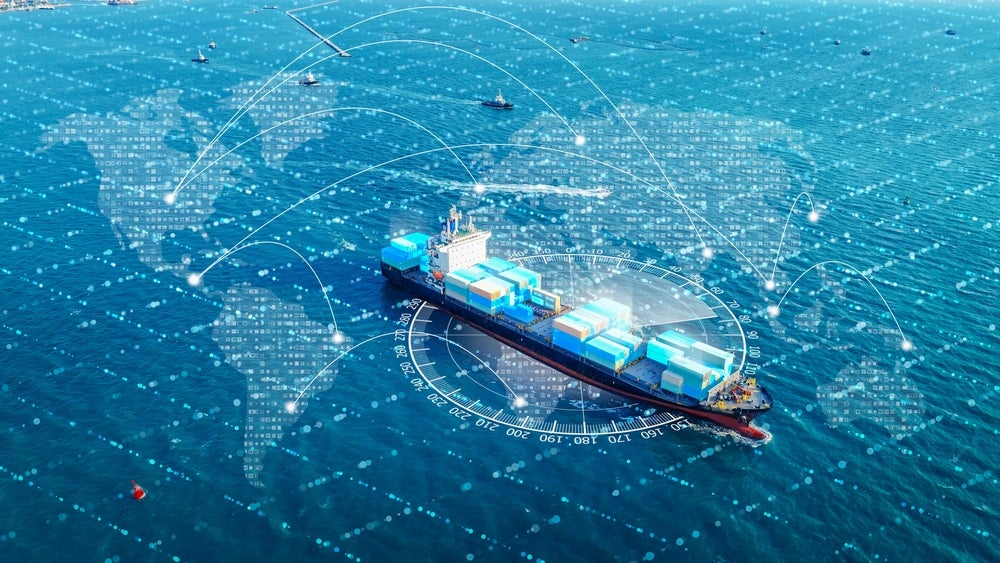
Germany-based Hydrogenious LOHC Technologies and Norwegian shipowner Johannes Østensjø have established the Hydrogenious LOHC Maritime joint venture (JV) to support zero-emission shipping.
The new JV will focus on the development and promotion of emission-free propulsion systems based on the liquid organic hydrogen carrier (LOHC) for the international shipping industry.
A megawatt-scale commercial product is planned for launch by 2025.
HyNjord will be the JV’s first project and focus on a 200kW pilot of the LOHC and fuel cell propulsion system.
Financial aid of around $3.02m (Nkr26m) will be provided by Enova, owned by the Norwegian Ministry of Climate and Environment, for the development of the system.
Under the planned application, three main components will be combined on board the ship.
How well do you really know your competitors?
Access the most comprehensive Company Profiles on the market, powered by GlobalData. Save hours of research. Gain competitive edge.

Thank you!
Your download email will arrive shortly
Not ready to buy yet? Download a free sample
We are confident about the unique quality of our Company Profiles. However, we want you to make the most beneficial decision for your business, so we offer a free sample that you can download by submitting the below form
By GlobalDataThese will include an interface to the vessel’s power management system, a fuel cell and the LOHC Release Unit, which releases hydrogen from the liquid organic carrier oil Benzyltoluene on demand.
Hydrogenious LOHC Technology has created and patented the LOHC technology.
This technology involves a process of loading hydrogen into thermal oil and releasing it as required.
It is deemed safe as it is not inflammable or explosive in nature. This makes it easier to store and transport large quantities of hydrogen using current fossil fuel infrastructures.
The carrier oil Benzyltoluene can also be recycled, as well as loaded and unloaded with hydrogen numerous times.
Given its favourable energy density, LOHC will allow a ship to store two to three times more energy compared to compressed hydrogen, noted the Norwegian firm.
Østensjø investment director Håvard Framnes said: “Of all the potential zero-emission technologies, we find LOHC the most promising one. That is why we have prepared all six service operation vessels under construction in our subsidiary, Edda Wind, for LOHC-based propulsion. Safety is, of course, very important for us in these evaluations.
“However, the fact that we can use existing fuel infrastructure and are able to use familiar fuelling procedures is of importance. In addition, we can easily carry enough energy onboard our vessels in order to operate in normal intervals of up to four weeks without refuelling.”
Hydrogenious LOHC Maritime has obtained an exclusive worldwide licence agreement from Hydrogenious LOHC Technologies for the technology’s maritime deployment.







